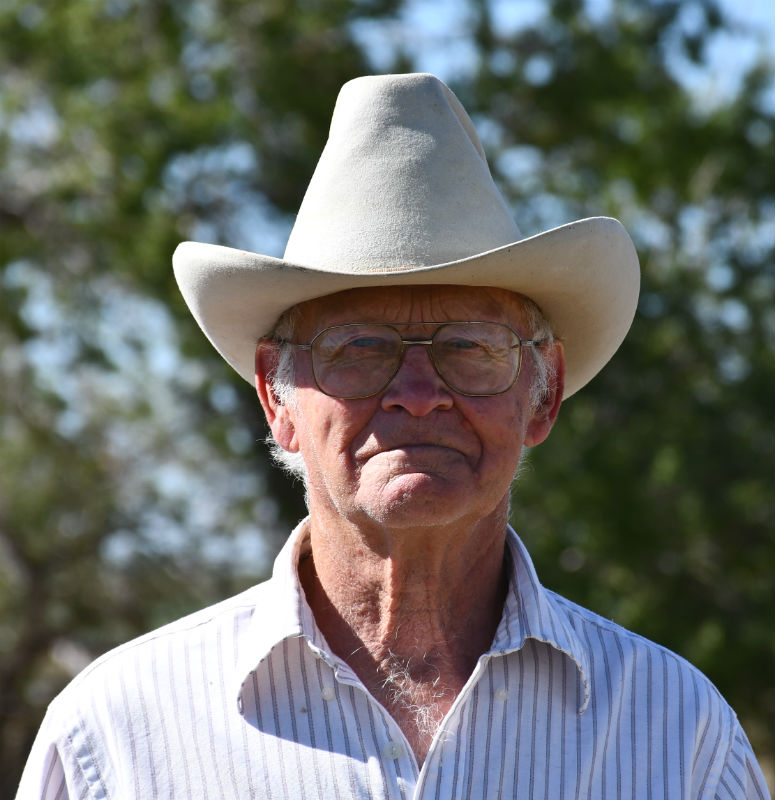Last man standing
In the dry southern reaches of the Saskatchewan prairie, a lonely house sits perched atop a hill rising out of the golden fields.
It would be easy to pass by without a second glance. But if you look closer, you can see the old railroad tracks being slowly devoured by grass and trees. And halfway up the hillside is a large stone monolith, celebrating the history of the settlement of Crichton, Sask.
That memorial, that house, and the lone man living inside are the only remnants of the hamlet.
“This place doesn’t exist anymore,” Aime Lacelle said.
Lacelle is a living testament to an increasingly common phenomenon in Saskatchewan. He is the last man from Crichton – and like so many other settlements in the province, the town will end with him.
According to a map of Saskatchewan’s ghost towns published in 1977, there were 295 such towns across the province. The map classifies 66 of those communities as having once held more than 50 people, but are now near or completely “ghosted.” And 183 more communities that never reached a population of 50 share the same fate.

Some of these communities are completely unpopulated, with only a few old buildings remaining. Some have almost totally vanished, without any trace of their existence besides an old gravel road or overgrown railway track.
Not much remains of the town of Crichton off Highway 13. Photo by Matthew Olson.
Now all that remains of the home he grew up in is a crumbling stone foundation and a hole in the ground. It’s next door to where he lives now.
Many more towns in Saskatchewan appear to be headed for the same fate. The province’s modern population centres were created by settlers coming out to homestead and farm the prairie in the late 1800s and early 1900s. But Saskatchewan is steadily losing the first colonies established by European pioneers. Across Canada, the once-rural population is migrating to urban centres.
“There seemed to be lots of compelling reasons why the trends would continue,” Olfert said.
But Olfert also said that a lot of Saskatchewan’s ghost towns never had a chance at all because of where they were built.
“Many of these communities were … doomed, from the beginning,” she said.
For Lacelle, and many others, the economics don’t matter. He remembers what it was like when the town was busy – full of families with children, and visitors came through regularly along the highway or the railroad. He remembers growing up in a tight-knit and supportive community.
To him, and those few that remain in dead and dying towns throughout Saskatchewan, keeping the memories of their home is what drives them.
“I’m attached to this area,” Lacelle said. “It doesn’t make sense that I be here, but still I am.”
There are many different reasons that cause these towns to dry up, from health care to economics to changes in farming. Some, like Olfert, think it’s an inevitability for small rural communities. But for those that remain, like Lacelle, it’s not an academic exercise. This is about their homes.
But many of those homes are on the brink of crumbling into the wheat fields – even as residents and onlookers alike fight to preserve their memory.
